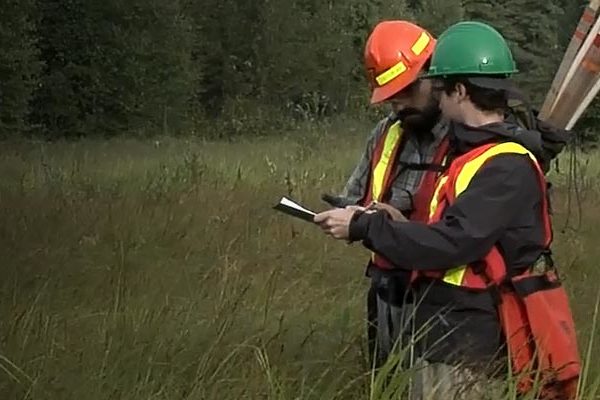Designing an Effectiveness Monitoring Program for Oil Sands Reclamation

Conversion of the Long Term Plot Network (monitoring oil sands reclamation) into an effectiveness monitoring program capable of evaluating whether the reclamation guidance developed by the CEMA Reclamation Working Group is leading to the desired outcomes.
Project Details
Location: |
Fort McMurray, Alberta, Canada, N 56° 43′ 36”, W 111° 22′ 51” | |
Client: |
Cumulative Environmental Management Association (CEMA) | |
Duration: |
2012 – 2013 | |
Team Member(s): |
Darcy Pickard, Carol Murray, Alex Hall, Leonardo Frid, Nick Ochoski, Carl Schwarz | |
Practice Area(s): |
Adaptive Management | |
Services Employed: |
Statistical Design and Analysis, Environmental Management & Monitoring, GIS Analysis |
The Problem We Aimed to Solve
Reclamation work has been underway in Alberta’s oil sands for 30 years, but given the multi-decadal lifespan of these projects, few sites have been fully reclaimed and received reclamation certification. For much of that time there has been no overall strategy for monitoring these sites. In 2000, a long-term plot network (LTPN) was established to measure soil, vegetation and forest parameters to provide an assessment of change over time in reclamation and natural sites. ESSA was engaged by the Cumulative Environmental Management Association (CEMA) to assist with transforming the LTPN into an effectiveness monitoring program to bring a greater degree of strategic thinking to questions of what to monitor, where and how to monitor, and to learn about the effectiveness of the reclamation guidelines.
How We Helped
Key components of the work included developing an adaptive management (AM) framework for evaluating reclamation and revegetation guidance – identifying the assumptions in the guidance documents on reclamation management that represented the greatest uncertainties (and could be tested through the LTPN), reframing those assumptions as a series of simple questions and determining how to answer these through the LTPN, developing monitoring program rationale and field data collection protocols, and providing an estimate of the cost of each sampling activity as well as the annual cost of implementing the proposed monitoring plan over the lifetime of the program (approximately 70 years). As a part of the AM framework, the Plot Network Task Group would meet at regular intervals to evaluate progress towards answering the questions, determine which uncertainties have been sufficiently addressed, and identify new questions or uncertainties that have emerged.
The strategy throughout this project was to create a flexible and robust framework that is easy to update as new information is gained (e.g., as existing questions are answered and new ones arise). The proposed sampling design consists of a series of clear steps, each of which is completely flexible. The short-term LTPN monitoring design (i.e., up to 2015) was explicitly described, including: GPS coordinates for plots, which plots to measure in which years, and what to measure at each plot, for both reference and reclaimed plots. The long-term LTPN monitoring design provided a structured approach to selecting plot locations over time (i.e., until 2080) and across space (i.e., future area to undergo restoration) and determining the varying intensity with which they should be sampled, while still retaining flexibility to accommodate the evolution and clarification of closure plans over time. Although reclamation will occur over the next 70 years, the LTPN is designed to maximize the amount of learning that can be gained within the next 25 years, while still spreading the plots as widely as possible to improve the guidance that will be applied to reclamation in later decades.
Our Project’s Impacts
A single living document now summarizes the rationale, sampling design, and protocols for the LTPN effectiveness monitoring program. The monitoring program and its related AM framework were designed so they could be integrated with other objectives of interest to CEMA over the long term (e.g., re-establishing and monitoring of wildlife / biodiversity). The revised monitoring plan began to be implemented during the following field season.
- Pickard, D., A. Hall, C. Murray, L. Frid, C. Schwarz, and N. Ochoski. 2012. Long-term Plot Network: Effectiveness Monitoring Program. Prepared for the Plot Network Task Group, Terrestrial Subgroup, Reclamation Working Group, Cumulative Environmental Management Association (CEMA), Fort McMurray, AB. 106 pp. + Annexes. Download Document.

